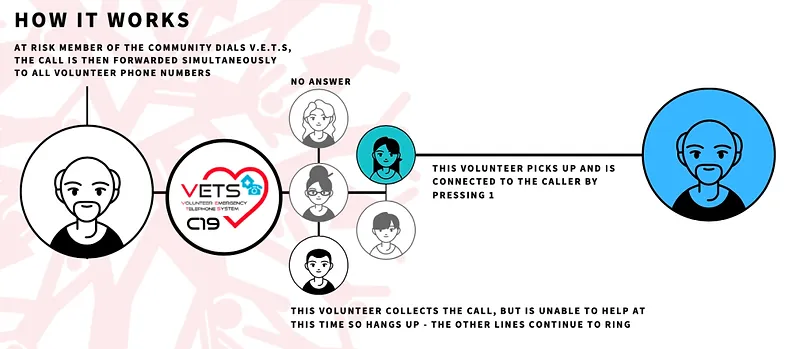Defibrillator Information ❤️
Below are some useful links on how how to use the village defibrillator
The village defibrillator is housed in the phone box in the main road of the village. This is available to anyone who may need it in case of an emergency.
Below are some introductory videos on how to use a defibrillator and how to care for someone you may suspect is having a heart attack:
Community Defibrillators | How Do They Work | Can I Be Sued? | AED & CPR
How To Save A Life - With CPR and A Defibrillator
Guided Tour of the Lifeline View Defibrillator
How the Volunteer Emergency Telephone System (V.E.T.S.) works
by Martin Fagan, National Secretary, the Community Heartbeat Trust charity
We are facing unprecedented times. However, in villages and communities around the country people are showing true altruism and volunteering to help neighbours. Over 500k responded to the Government appeal. In my own village for example, each road has been assigned (by the PC) volunteer wardens to make sure everyone is safe, and to be on hand to collect prescriptions, shopping, or just keeping an eye on the most elderly.
To support this community resilience, the Community Heartbeat Trust charity, better known for its leading role in the provision of community defibrillators, can now provide a service to help communities stay connected and support one another during this period of self-isolation. Based upon its very successful V.E.T.S. service (Volunteer Emergency Telephone Service), which is primarily used for life threatening emergencies in a community, but also used for neighbourhood watch and other areas, the V.E.T.S. service has been formulated into a simple communication package for the community volunteer schemes across the country. Using telephone lines, rather than assuming everyone has a 3G/4G smartphone, as in other systems, this service allows a single emergency number for the village to be called, and this will ring simultaneously up to 10 volunteers in the community, who may be able to assist.
The network of chosen volunteers is connected via one local phone number. No physical installation of anything is required and there are no apps or additional software for people to download, which makes it quick to implement and provides familiarity for the elderly as to activate someone only need dial a local number from their landline or mobile phone.

Essential services such as medication collection, shopping or even just a social call can be arranged via the volunteer network V.E.T.S number whilst maintaining social distancing. Allowing those of us that are fortunate enough to be lower risk to continue to provide for those that are unable to leave their homes.
“We hope that this will enable communities to have a simplified method of communication that allows for anyone to access the community support in their village,” says Martin Fagan, National Secretary at CHT. “At times of crisis, we all like to do our ‘bit’ and we have been inundated with requests to adapt our successful VETS service that has been used for emergencies. We could not actually do that, as this would have diverted attention away from another lifesaving service. However, we hope that this specialised system will be of use, and can be used by anyone, whether or not they have a mobile or not, young and elderly.”
The VETS CV-19 service will run for 6 months, but may be extended, and has been subsidised by CHT to make it cost effective for the community. The total subsidised cost, including unlimited local telephone calls for 6 months and the set-up of the telephone lines, is £50. CHT staff are giving their time for free to run this service. Anyone wishing to partake please click on the link below, or type into your browser, or contact Joe at the Community Heartbeat Trust charity.
This is not a 999 or 111 service.
https://www.communityheartbeat.org.uk/volunteer-emergency-telephone-system-vets-c19
